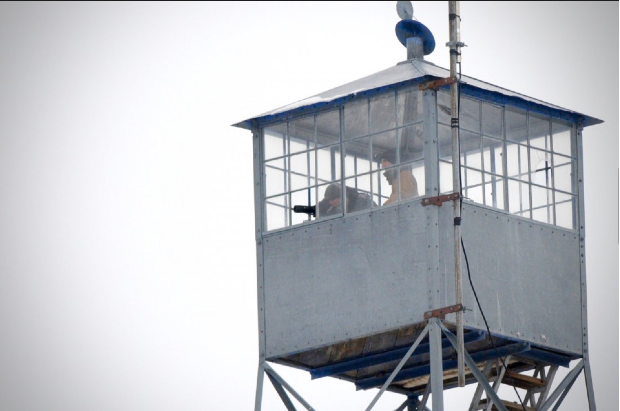BURNS, Ore. (AP) — The remote high desert of eastern Oregon became the latest flashpoint for anti-government sentiment as armed protesters occupied a national wildlife refuge to object to a prison sentence for local ranchers for burning federal land.
Ammon Bundy – the son of Nevada rancher Cliven Bundy, who was involved in a 2014 standoff with the government over grazing rights – is among the people at the headquarters of the Malheur National Wildlife Refuge. It was unclear exactly how many people were taking part in the protests.
Ammon Bundy posted a video on his Facebook page asking for militia members to come help him. He said “this is not a time to stand down. It’s a time to stand up and come to Harney County,” where Burns is located.
Bundy and other militia members came to Burns last month, a small town about 280 miles southeast of Portland, Oregon. They were upset over the looming prison sentences for local ranchers Dwight and Steven Hammond. They went to the wildlife refuge Saturday evening following a peaceful rally in Burns to support the ranchers.
On Sunday, militia members decked out in camouflage and warm winter gear and holding guns and walkie talkies guarded the entrance. They allowed some news reporters through for interviews with members of the Bundy family. Pickup trucks blocked the entrance and were pulled out of the way to let select cars through.
Dwight Hammond, 73, and Steven Hammond, 46, said they lit the fires on federal land in 2001 and 2006 to reduce the growth of invasive plants and protect their property from wildfires.
The two were convicted of the arsons three years ago and served time – the father three months, the son one year. But a federal judge ruled in October that their terms were too short under U.S. minimum sentencing law and ordered them back to prison for about four years each.
The decision generated controversy and is part of a decades-long dispute between some Westerners and the federal government over the use of public lands. The issue traces back to the 1970s and the “Sagebrush Rebellion,” a move by Western states like Nevada to increase local control over federal land. Critics of the push for more local control have said the federal government should administer the public lands for the widest possible uses, including environmental and recreation.
Source: Associated Press
 Listen Online
Listen Online Watch Online
Watch Online Find a Station in Your Area
Find a Station in Your Area








 Listen Now
Listen Now Watch Online
Watch Online
